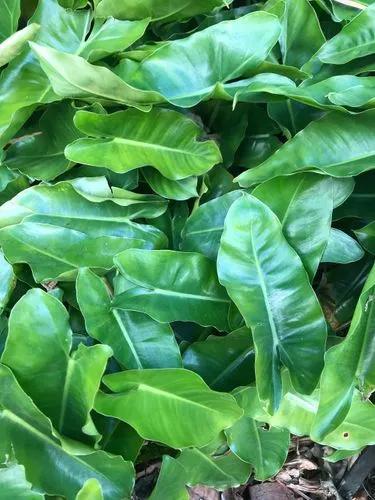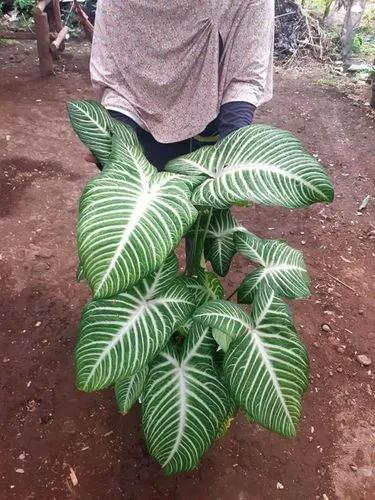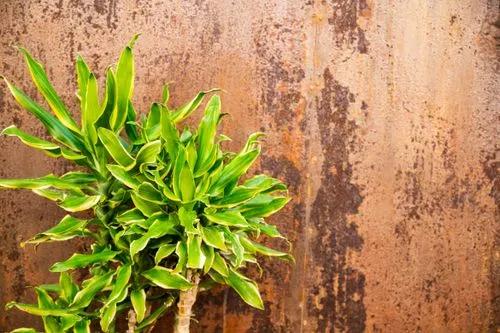The Japanese word kokedama translates to English as "moss ball," and such simplicity is the very essence of this elegant garden art form. An accompaniment to the practice of bonsai, kokedama is a type of kusamono—an ornamental planting meant to be displayed on its own, not to be confused with shitakusa, which is a planting meant to be viewed as a direct complement to a bonsai.Essentially, it is a ball of mud covered in moss and planted with a single or multiple specimens. Kokedama is either suspended from string, mounted to a piece of driftwood or bark, or set in a shallow dish. Traditionally, this ancient practice relies upon foraging wild materials like grasses and live moss to evoke a sense of season and environment. But it is easy for the typical home gardener to cut corners and replicate the aesthetic without trekking into the wilderness.
Kokedama Care
Philodendron Kokedama



How to Care for the Plant

Water

Watering is done by submerging the moss ball in a bowl of water for about 10-15 minutes or until the soil is soaked through. You can then gently squeeze off excess water and allow to drip dry in a colander or straight in the sink before placing back on the kokedama hanger. A final pat on the base with a tea towel will ensure last drops are mopped up. If you are concerned about excess water run-off after you have returned your plant to its hanger, simply place a small plate underneath your kokedama.

Pruning

Your tree will need pruning in the Spring and Summer and Autumn months. You can do this with scissors to trim the branches. Bonsai trees need to be pruned regularly to keep their original shape and stay small. Keep it to 5 leaves for each stem.

Fertilizer

Fertiliser like all indoor plants, you will need to give your kokedama a nutrient boost every so often. Simply place a diluted amount of organic liquid fertiliser into the bowl of water you use to water your plant and soak as usual. Do this once a month during the warmer seasons.

Sunlight

Your plant will require the same level of light that it usually does, in this case, bright, indirect is best.

Temperature

Temperature:15 to 35 degree celsius

Popularity

80 people already have this plant 12 people have added this plant to their wishlists
Discover more plants with the list below
Popular articles






